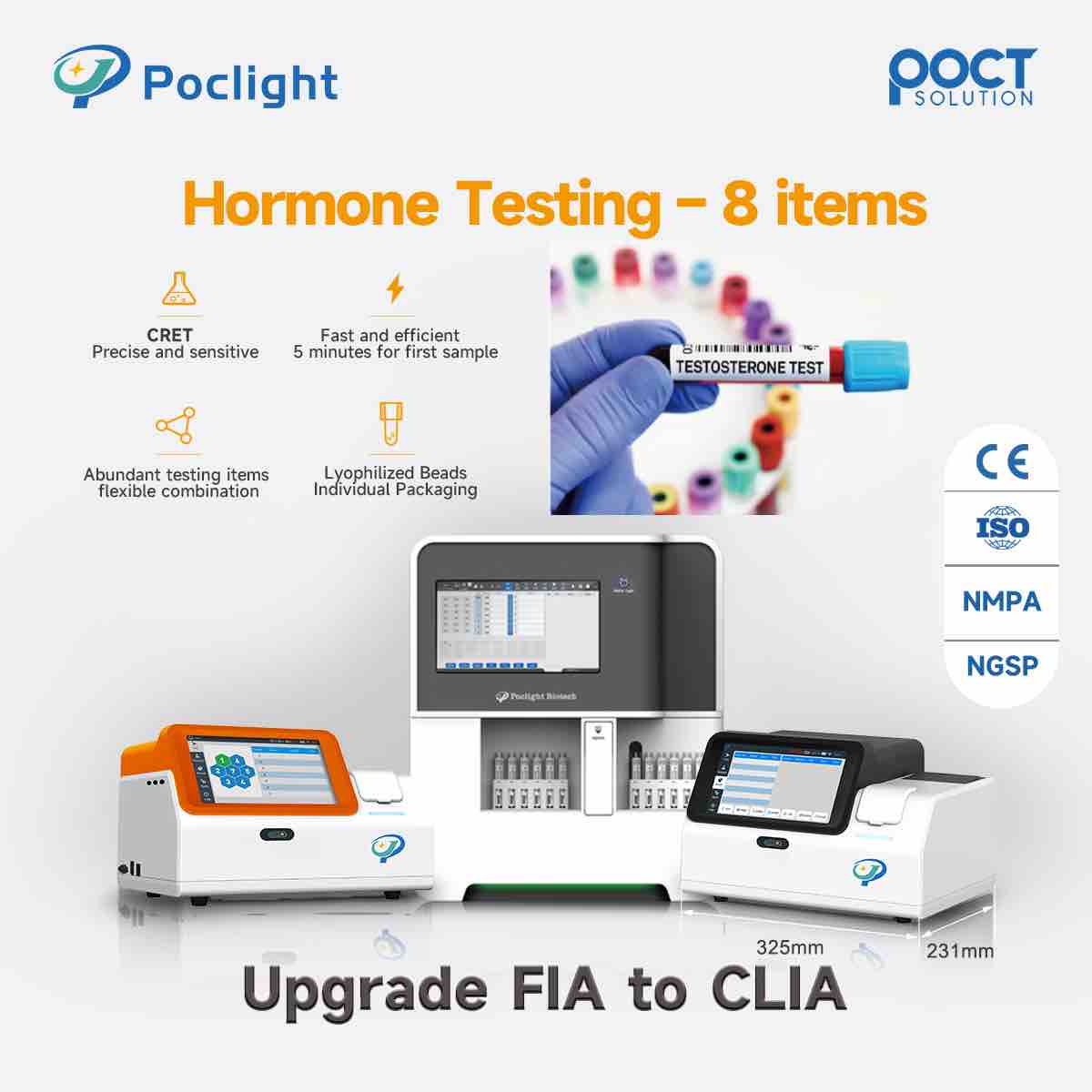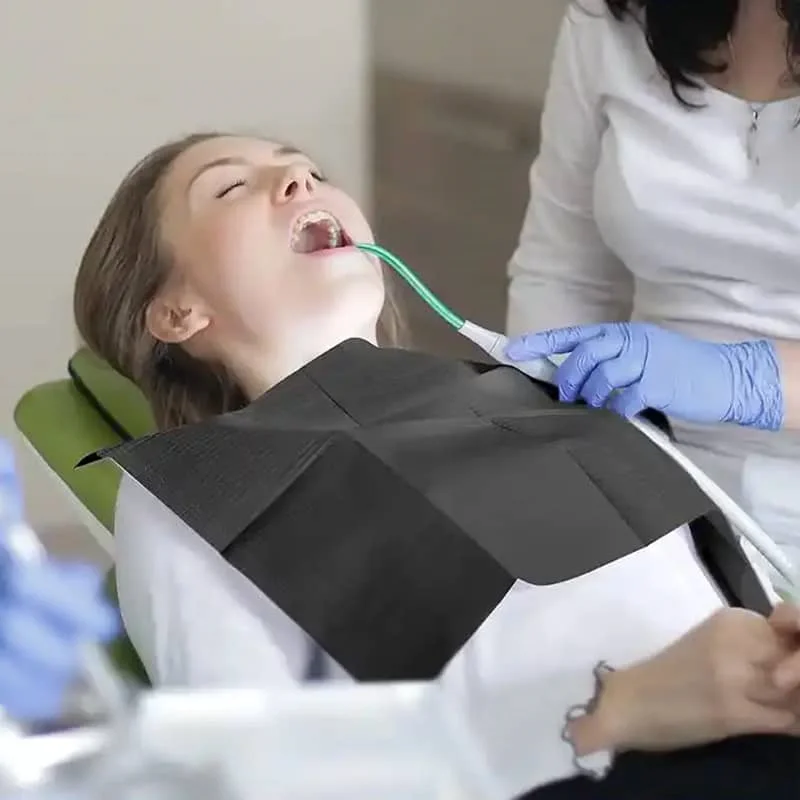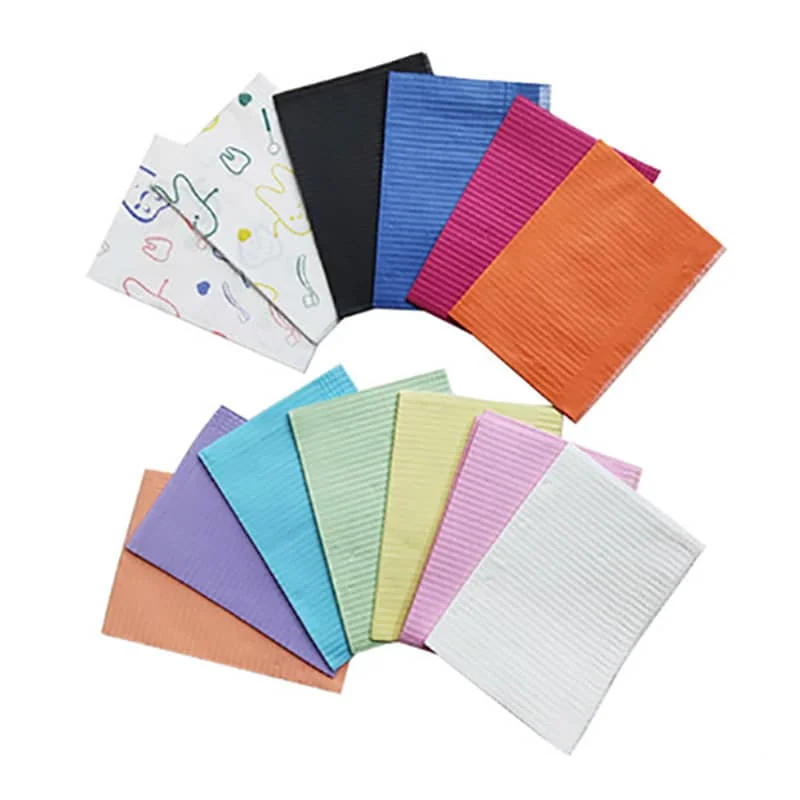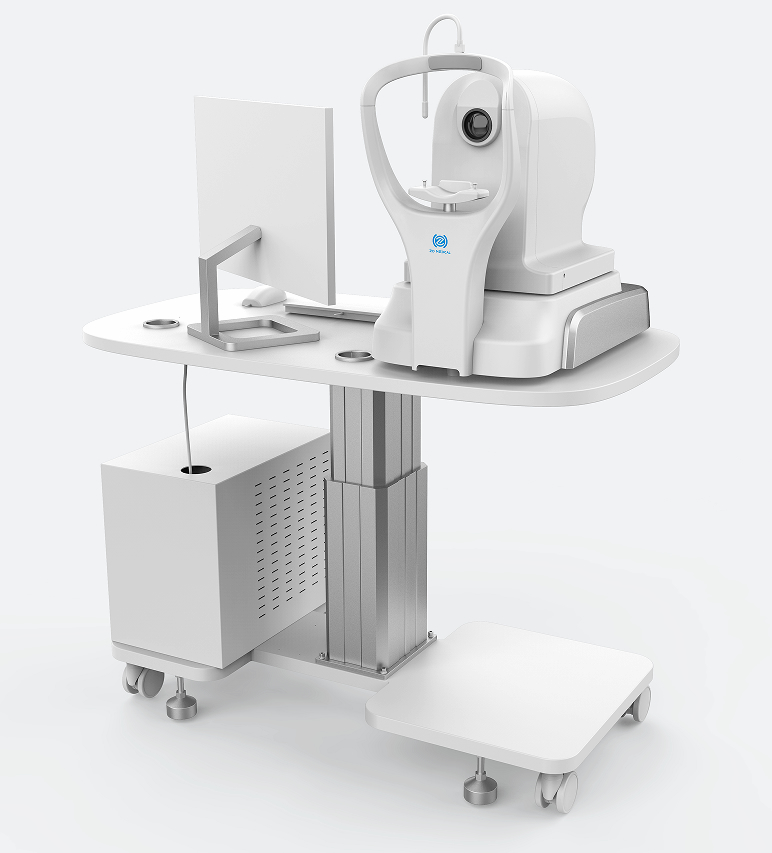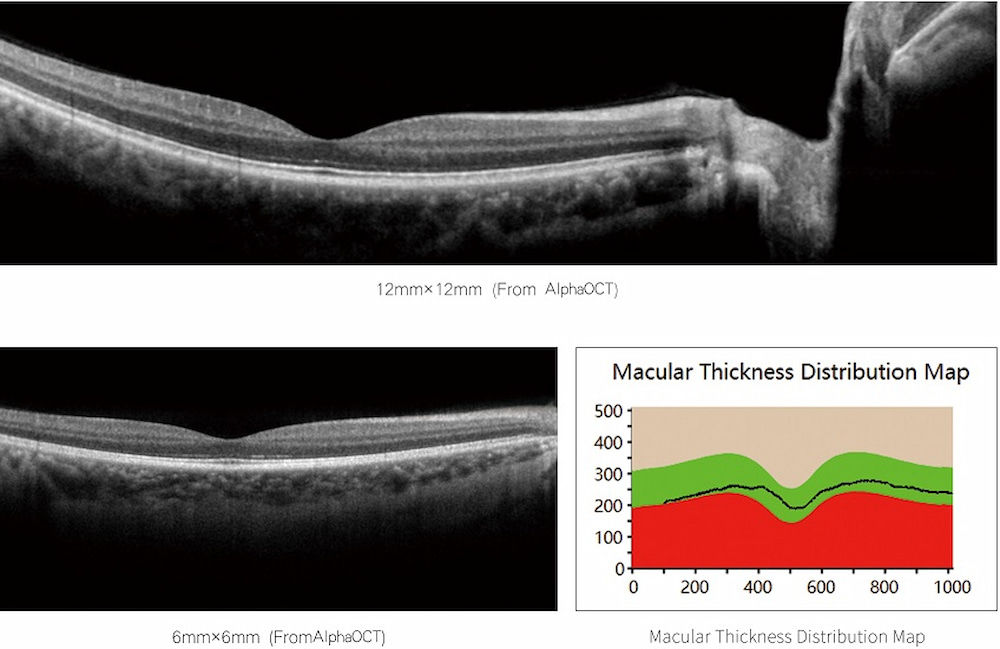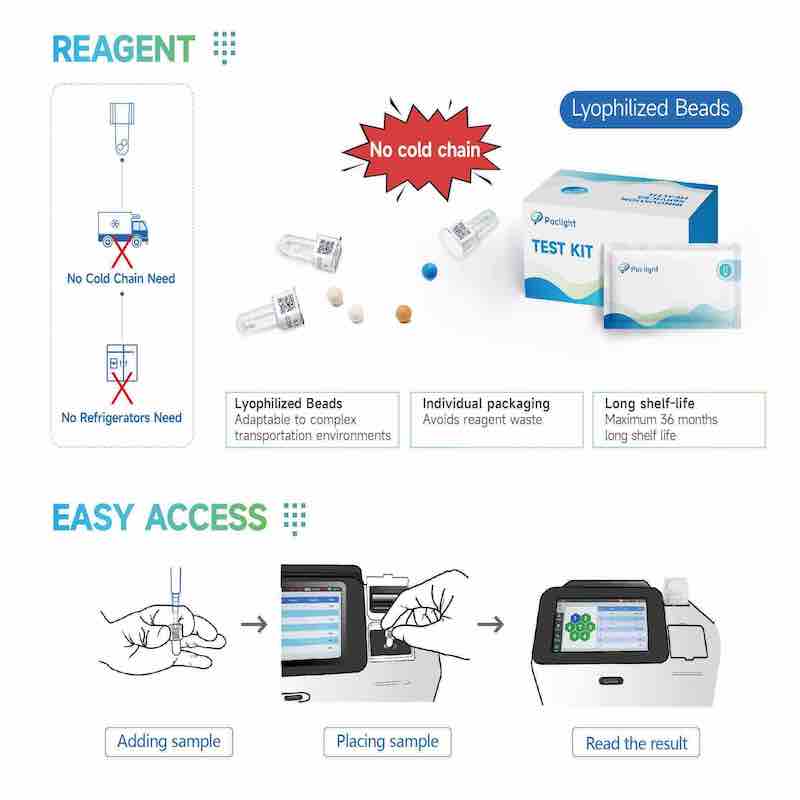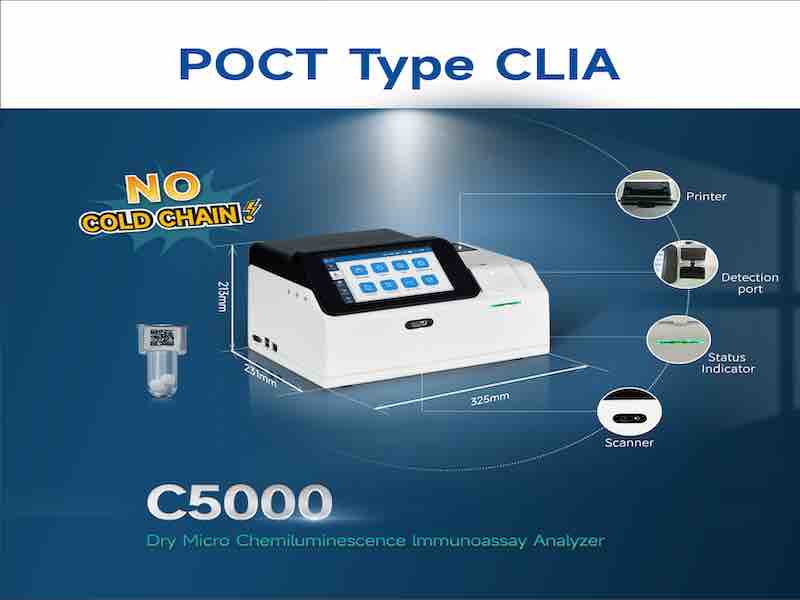The incidence of gastrointestinal diseases is closely associated with current living environment, unhealthy dietary and lifestyle habits. These conditions are more prevalent among middle-aged and elderly populations and are typically characterized by symptoms such as gastrointestinal bleeding and abdominal pain. If not properly addressed and treated, such diseases may increase the risk of malignant transformation, thereby exacerbating the treatment burden for patients[1,2].
High-Frequency Electrosurgical procedures under digestive endoscopy are currently one of the primary therapeutic approaches for gastrointestinal polyps. This technique utilizes the thermal effects generated by high-frequency currents to induce coagulation and necrosis of the lesion tissue by disrupting its oxygen supply, thereby achieving polyp resection. ShouLiang-med SEH80 series High-Frequency Electrosurgical Generator features advanced tissue-sensing technology and real-time Patient Return Electrode monitoring system. It can dynamically adjust the output power based on tissue impedance and type, while continuously monitoring attachment quality of the negative electrode plate. These features enhance cutting and sealing efficiency, reduce surgical smoke and tissue carbonization, and minimize the risk of negative electrode plate site burns, thereby improving overall procedural safety. In gastrointestinal polypectomy procedures, it is characterized by one-time complete polyp resection, rapid cutting speed, and broad surgical applicability.
Studies [3] have shown that patients treated with high-frequency electrosurgical techniques experience shorter gastrointestinal function recovery time, lower pain scores at 2 hours postoperatively, reduced hospital stays, higher wound healing rates, and a significantly lower incidence of complications (P < 0.05). These findings suggest that the application of painless endoscopic high-frequency electrosurgical treatment solution faster postoperative recovery of gastrointestinal function, alleviates postoperative pain, and enhances wound healing, while maintaining high procedural safety and patient acceptability.
The application of endoscopic High-Frequency Electrosurgical solution allows for precise anatomical treatment, as endoscopic instruments provide direct visualization of the lesion area and polyp characteristics. Preoperative administration of anesthetics induces sedation and hypnosis, eliminating the patient’s perception of discomfort during endoscope insertion and minimizing stress responses, which helps maintain stable vital signs and reduces the technical difficulty of the procedure. Furthermore, by mitigating perioperative stress and ensuring good patient tolerance, this approach enables efficient and smooth polyp resection while preserving surrounding healthy tissue. This, in turn, accelerates postoperative organ recovery, shortens hospitalization time, and contributes positively to wound healing outcomes [4,5].
In summary, during the surgical treatment of gastrointestinal polyps, the application of high-frequency electrosurgical generator under painless digestive endoscopy results in minimal impact on gastrointestinal function and inflammatory injury, while promoting faster postoperative recovery in patients.
References:
[1]Zhang Zhuo, Diao Zhuo, Xie Yajuan, et al. Comparison of clinical efficacy, recurrence rate and safety between endoscopic mucosal resection and high-frequency electrosurgical resection for colorectal polyps[J].Chinese Journal of Coal Industry Medicine, 2022,25(6):625-628.
[2]Jiao Sheng-cheng, Sun Zeng-feng, Li Bin. Effect of Endoscopic High-Frequency Electrotome Combined with Argon Ion Coagulation in Treatment ofGastrointestinal Polyps [J]. Chinese Community Doctors, 2022,38(5):42-44.
[3] Wang HX, Huang HW, Li XW, et al. Wang Huaxiu, Huang Huiwen, Li Xiawei, et al. Effect of painless digestive endoscopy high-frequency electrosurgery on complications and postoperative recovery in patients with gastrointestinal polyps[J]. China Medical Device Information, 2025,31(06):26-28. DOI:10.15971/j.cnki.cmdi.2025.06.042.
[4] Liang Chao, Liang Jing, Chen Beijia. Comparative analysis of the effect of painless gastrointestinal endoscopy and general gastrointestinal endoscopy with high-frequency electrosurgery in the treatment of gastrointestinal polyps[J]. Internal Medicine, 2020,15(5):589-591.
[5] Xu Jiaheng. Effect of painless digestive endoscopy high-frequency electrosurgery in the treatment of elderly gastrointestinal polyps and its effect on oxidative stress response[J]. ACTA MEDICINAE SINICA, 2021,34(5):48-51.
